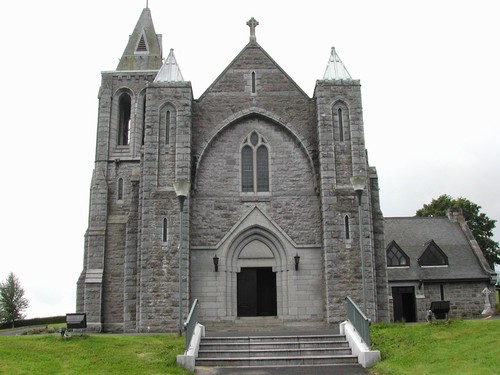Granite
Granite
Granite is an intrusive igneous rock formed by slow crystallisation of molten magma cooling deep beneath the Earth’s surface. It is a hard, dense and very durable rock often described as ‘massive’ due to a mainly homogeneous texture and lack of structure making this rock type an ideal and very popular dimension stone.
Granite has a visibly crystalline texture and most varieties consist of 3 main mineral types:
Feldspar: 2 varieties of feldspar – Orthoclase, usually pink or white in colour. Plagioclase, usually grey in colour.
Quartz: A clear to greyish mineral, often glassy.
Mica: Shiny black (biotite) or silver grey (muscovite) mineral occuring as soft flakes that split easily.
The composition of granite depends on the proportions of the 3 main minerals and the type of accessory minerals present.
Rhyolites
Rhyolites are the extrusive equivalent to granite cooling quickly on the Earth’s surface. Unlike basalt lavas, many eruptions are highly explosive. Some rhyolite magmas cool at depth before erupting on to the surface producing varieties that have large crystals (phenocrysts) of quartz and feldspar set in a fine-grained matrix. Rhyolite lava that cools too quickly to grow crystals forms natural glass (obsidian).
Local Granite & Rhyolite
There are two main types of granite in Northern Ireland:
Mourne Granite: Granite intrusions (55 Million years old) associated with Tertiary Volcanic Activity.
Newry Granodiorite: The intrusion of the Newry Granodiorite is associated with the Caledonian Orogeny (mountain-building event) some 400 Million years ago. Not strictly a ‘granite’ in composition, Newry Granodiorite comprises feldspars, quartz, hornblende and mica.
Tardree Rhyolite: Rhyolite in County Antrim is also associated with Tertiary Volcanic Activity 60 Million Years ago. Tardree (and Sandy Braes) rhyolite is a pale-coloured lava with a very fine-grained groundmass with sparse quartz and rare plagioclase phenocrysts (larger crystals).
Imported Granite
A variety of granite types were imported for use as ornamental and carved stone for statues and memorials and polished stone for columns, panels and plinths















